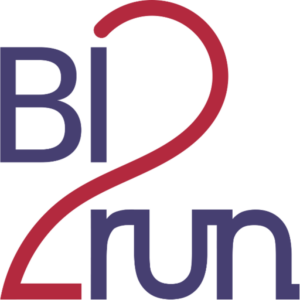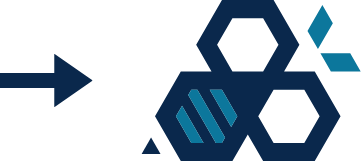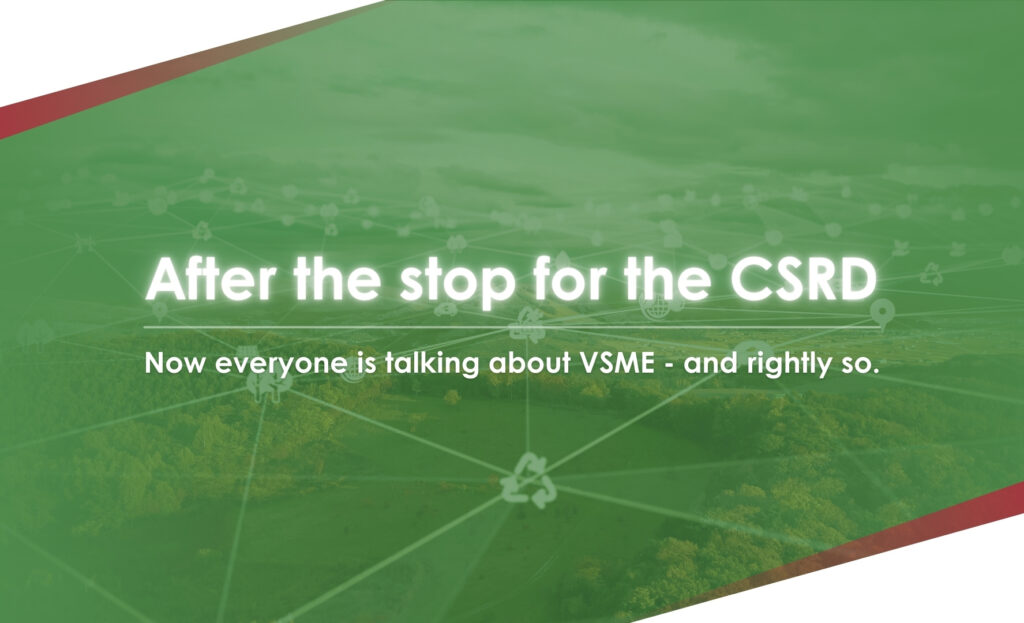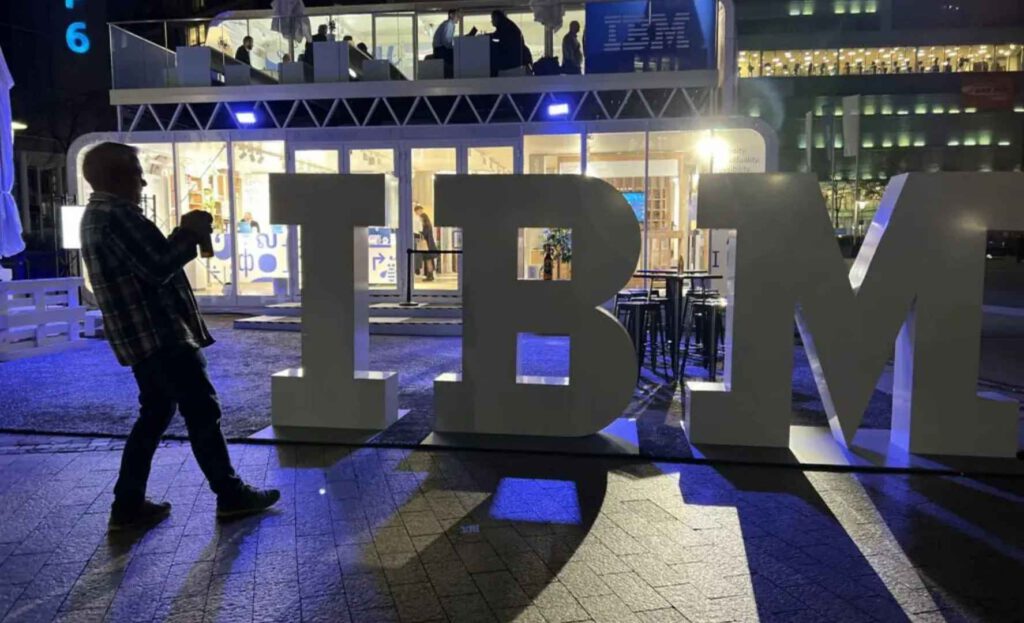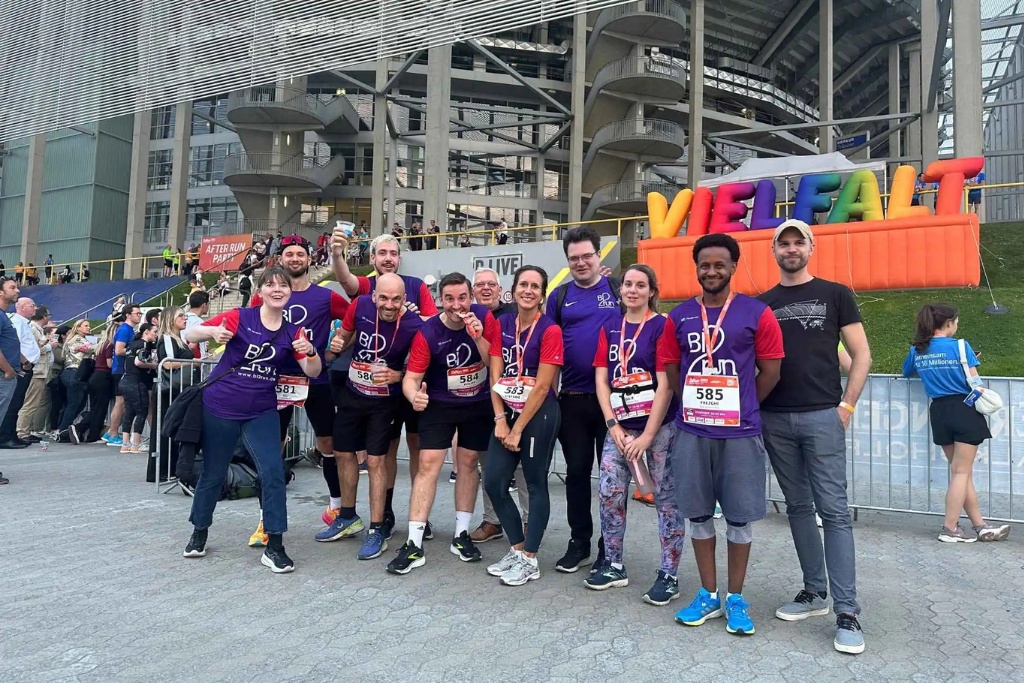Reporting should have already started. Two years postponement. Sounds like peace and quiet at first. But it’s not. Because the pressure remains – especially in the supply chains. Large companies still have to report. And they need data. From you. From the small and medium-sized companies they work with.
This is where the VSME standards come into play.
VSME stands for Voluntary Sustainability Reporting Standard for Micro and Small Enterprises – a voluntary reporting framework developed specifically for smaller companies. Not because it is required by law. But because it helps companies to sort themselves out at an early stage, to respond to sustainability issues in a structured way – and above all:
to be ready when customers, banks or partners request ESG data.
What are the VSME standards?
The VSME standards were developed by EFRAG – not for corporations, but for companies that would have nothing to do with the CSRD in the first place. Small, medium-sized companies. Family businesses. Medium-sized companies.
And yet: these companies have long been part of the system. Because regardless of whether they are listed on the stock exchange or not – anyone involved in B2B business will be asked sooner or later:
Do you have your ESG data? Can you deliver Scope 3? How do you deal with sustainability?
The VSME standards provide a framework for this. Voluntary – but very useful.
- They consist of two modules (simple and extended).
- They come without unnecessary ballast.
- And they only contain a fraction of the data points that are required in the ESRS.
Why the VSME standards are gaining in importance right now
The political decision to postpone the CSRD reporting obligations has allowed many to breathe a sigh of relief.
But: this changes little for SMEs. The pressure to provide sustainability data is not disappearing – it is shifting. Especially in the supply chains.
This is because large companies, which already have to report under CSRD, need reliable data from their partners. And this also affects smaller companies – often without them seeing themselves as “sustainability reporting”.
The problem:
Without a legal framework, large companies often specify individual requirements. Sometimes an Excel template, sometimes an ESG questionnaire, sometimes a self-audit. Uncoordinated, inconsistent, sometimes excessive.
The result:
Small companies are caught up in a reporting maelstrom that they have neither planned nor controlled.
The VSME standards offer a solution for precisely this.
They create structure where otherwise chaos threatens. And they help to say: “We have a recognized system. We deliver – but not ten times differently, please.“
VSME = less data, less effort
In contrast to the more than 80 disclosure requirements in the full ESRS, the VSME basic module only contains 11 core indicators. No page-long materiality analyses, no reporting EPOS for stakeholder needs, no complexity that can only be survived with ESG consulting and CFO support.
11 instead of 80+ data points.
That is the order of magnitude we are talking about.
And these 11 are often enough to be able to give well-founded answers to banks, major customers or tenders – without overextending yourself.
VSME vs. ESRS – What is the difference?
Some are compulsory, others voluntary. Some come with Excel overload, others with a feasible introduction.
Here are the most important differences at a glance:
| Aspect | ESRS (CSRD) | VSME standards (voluntary) |
| Commitment | Mandatory by law for large companies and listed SMEs | Completely voluntary – targeted use possible |
| Target group | Groups, large companies, capital market-oriented SMEs | Small and medium-sized enterprises without CSRD obligation |
| Disclosure obligations | Over 80 disclosure obligations (even more depending on materiality) | Only 11 core indicators in the basic module |
| Materiality analysis | Comprehensive, dual materiality (impact & financial) | Optional, significantly simplified |
| Resource requirements | High: often needs ESG team + external advice | Low: designed for internal feasibility |
| Requirements from the supply chain | Is demanded by companies downstream | Creates structure against arbitrariness and wild requests |
| Communication value | High, but complex to display | Solid basis for credible ESG statements to stakeholders |
In short:
Anyone who falls under the CSRD must deliver – and do so comprehensively.
Anyone who does not (yet) have to report, but is nevertheless asked: VSME helps you not to lose yourself.
And: large companies benefit when their suppliers rely on VSME. Because less chaos in the supply chain also means better Scope 3 data, more stable partnerships and less coordination effort.
How companies are now using VSME pragmatically – and what we are doing about it
The VSME standards are not a catalog of regulations. They are a toolbox. And how you use them depends entirely on where your company is at the moment.
For many SMEs, this means:
- They don’t have to – but they are asked.
- They have no obligation – but they have expectations.
- They want to deliver – but not rebuild half the company.
This is exactly where a good VSME approach comes in: not everything, but the right thing. Not in stock, but tailor-made. Not complicated, but practical.
How to get started:
- Mini materiality instead of mega analysis What is really relevant – for you, your industry, your customers? No 100-page materiality assessment. Instead: Focus, decide, document.
- Keep an eye on 18 core indicators CO₂, energy, waste, diversity, suppliers: The standards provide clear topics. It’s easy to get started – with Excel, a system or a platform.
- External communication – but structured Those who report in accordance with VSME do not have to present a glossy brochure. But: The report creates commitment – and helps in dialog with banks, major customers, funding bodies or investors.
What we do for you:
- We clarify together: Does VSME make sense for your company right now – and if so, how?
- We help with simplified materiality – without a methodological battle.
- We work with you to build a VSME-compliant data structure that is scalable – start small, think big.
- We support you with your first report – whether after the basic or extended module.
- And: We ensure that you can communicate in a credible, structured and confident manner with manageable effort.
Without excessive demands. Without consultant PowerPoint. Without ESG-speak.

VSME is not ESG-Light – but ESG that fits.
The VSME standards are not the little sister of the ESRS. They are also not a marketing tool to say something about sustainability. They are a genuine offer to companies that say: “We have no obligation – but we want to know where we stand. And we want to deliver when we are asked”. VSME creates the framework for this. Lean, clear, voluntary – but not arbitrary.
For SMEs, this is a realistic introduction to structured sustainability data. For large companies, it is an opportunity to obtain reliable information from the supply chain. And for everyone: a pragmatic bridge between aspiration and reality.
For SMEs, this is a realistic introduction to structured sustainability data.
For large companies, it is an opportunity to obtain reliable information from the supply chain.
And for everyone, it is a pragmatic bridge between aspiration and reality. And if you need support, you’ve come to the right place.
Talk to us. With VSME, we help you to implement exactly what makes sense for your company – no more and no less.
